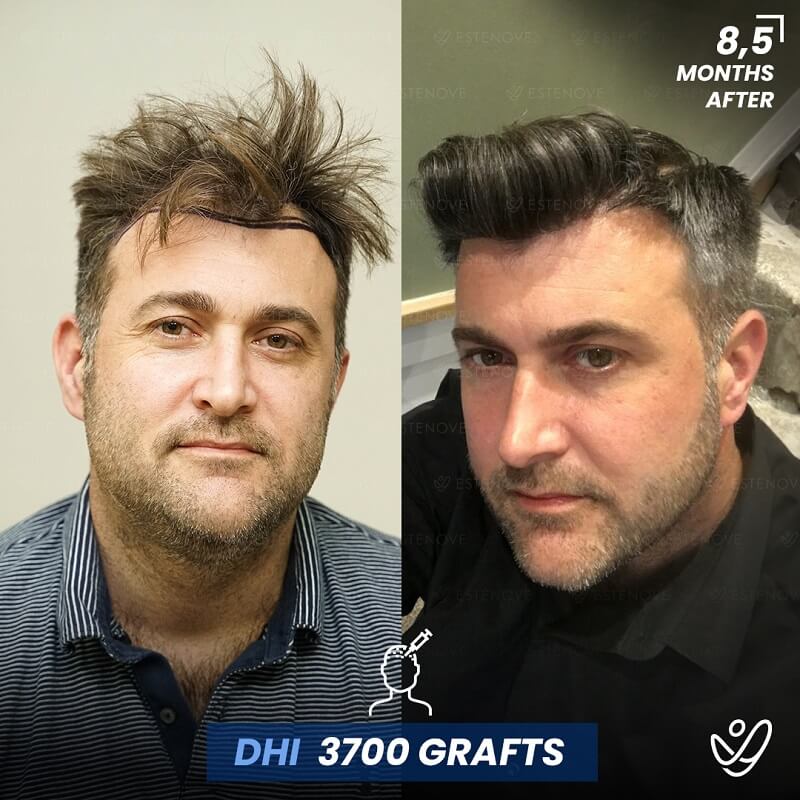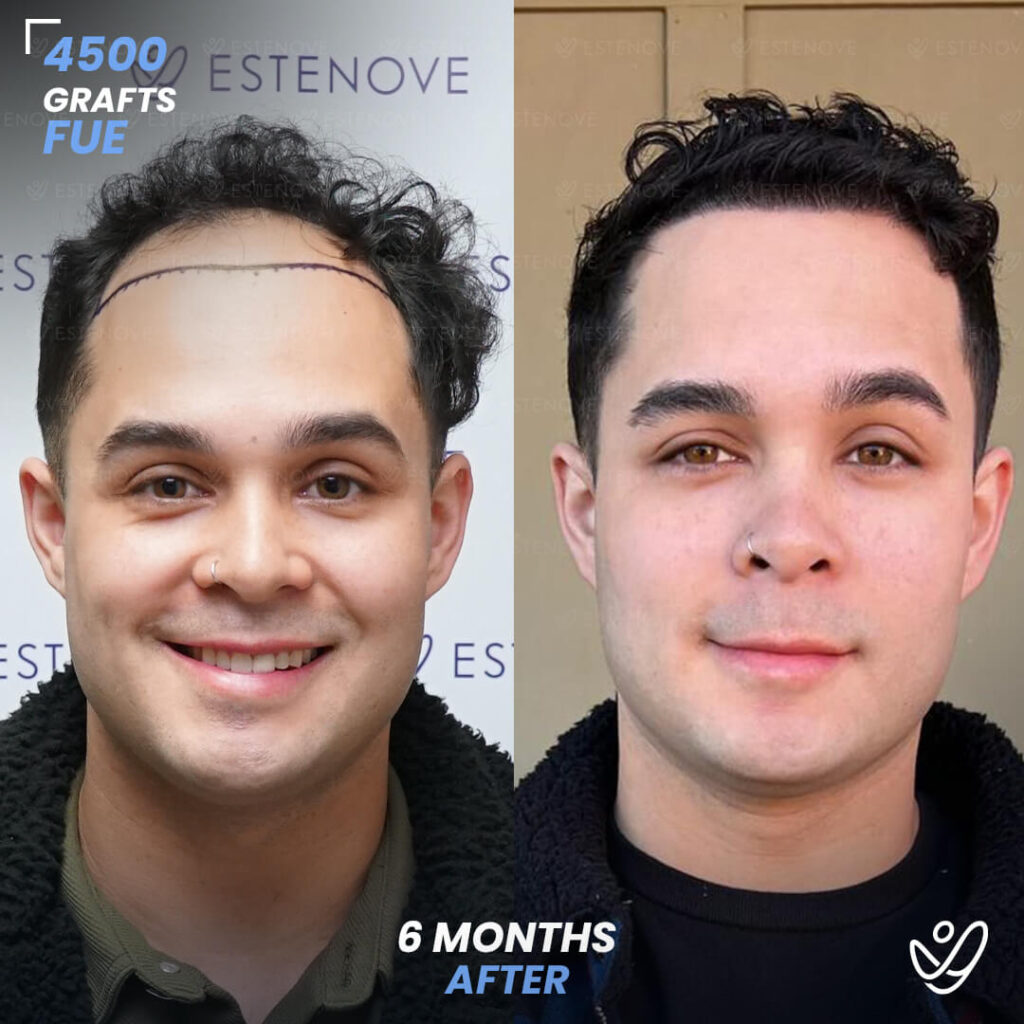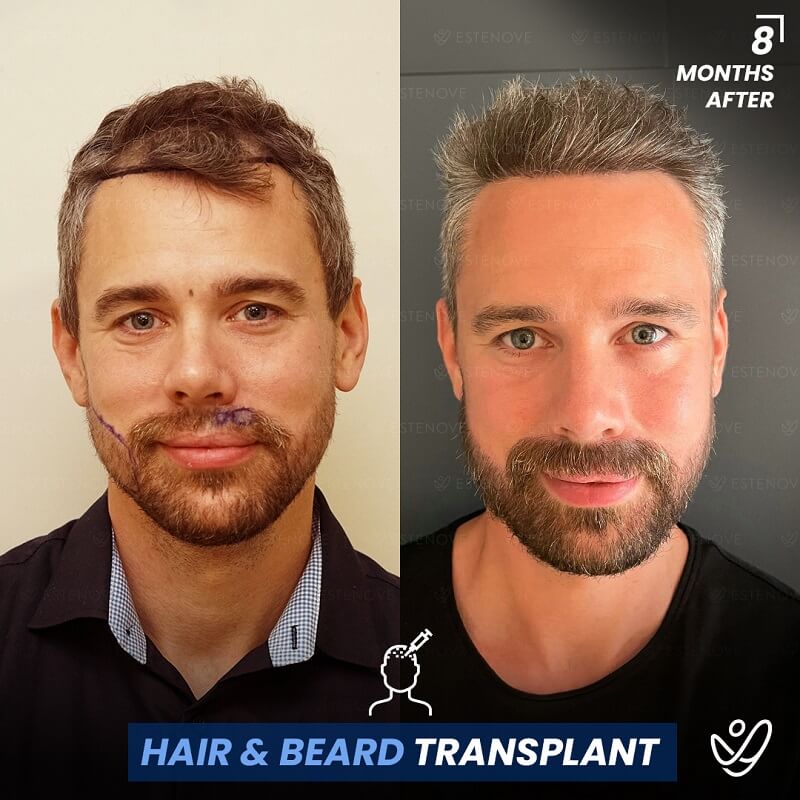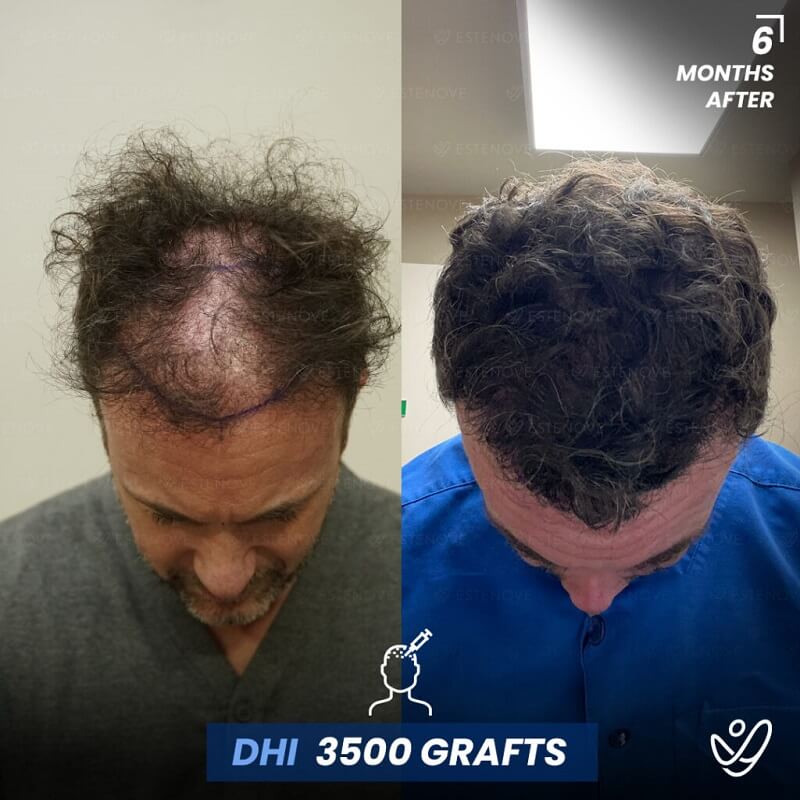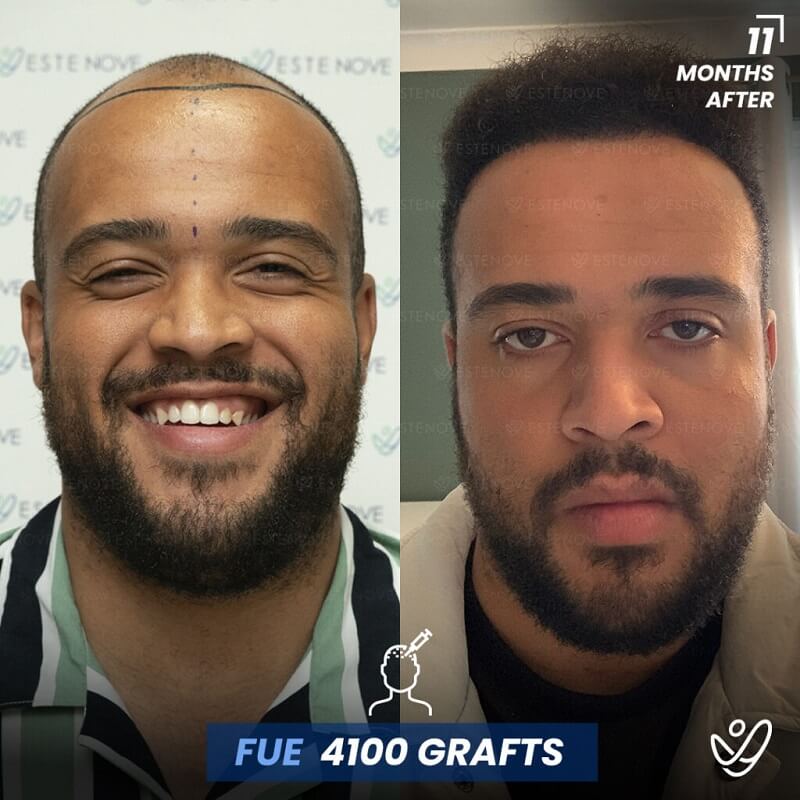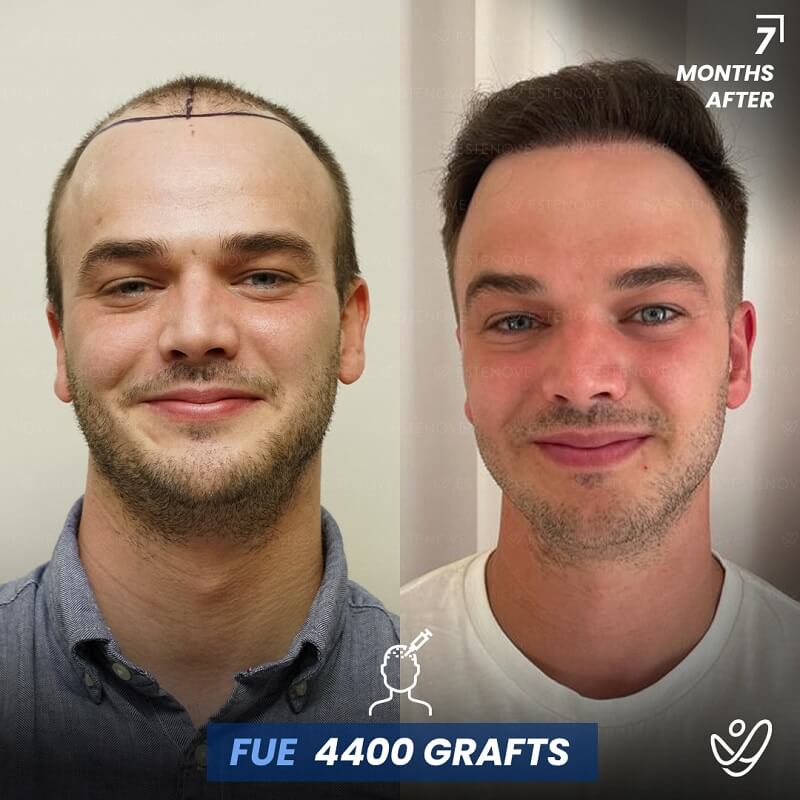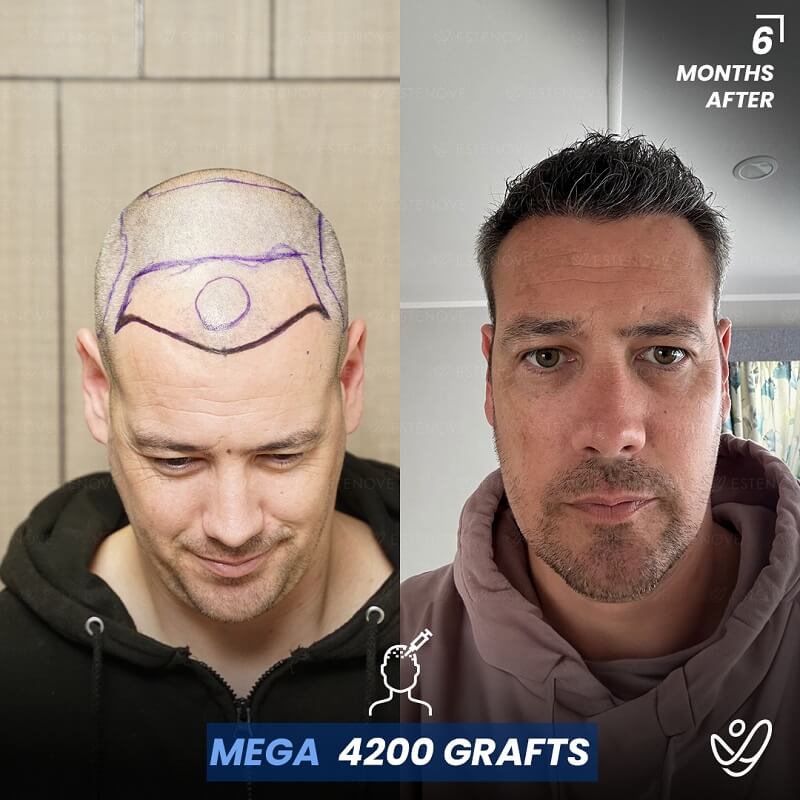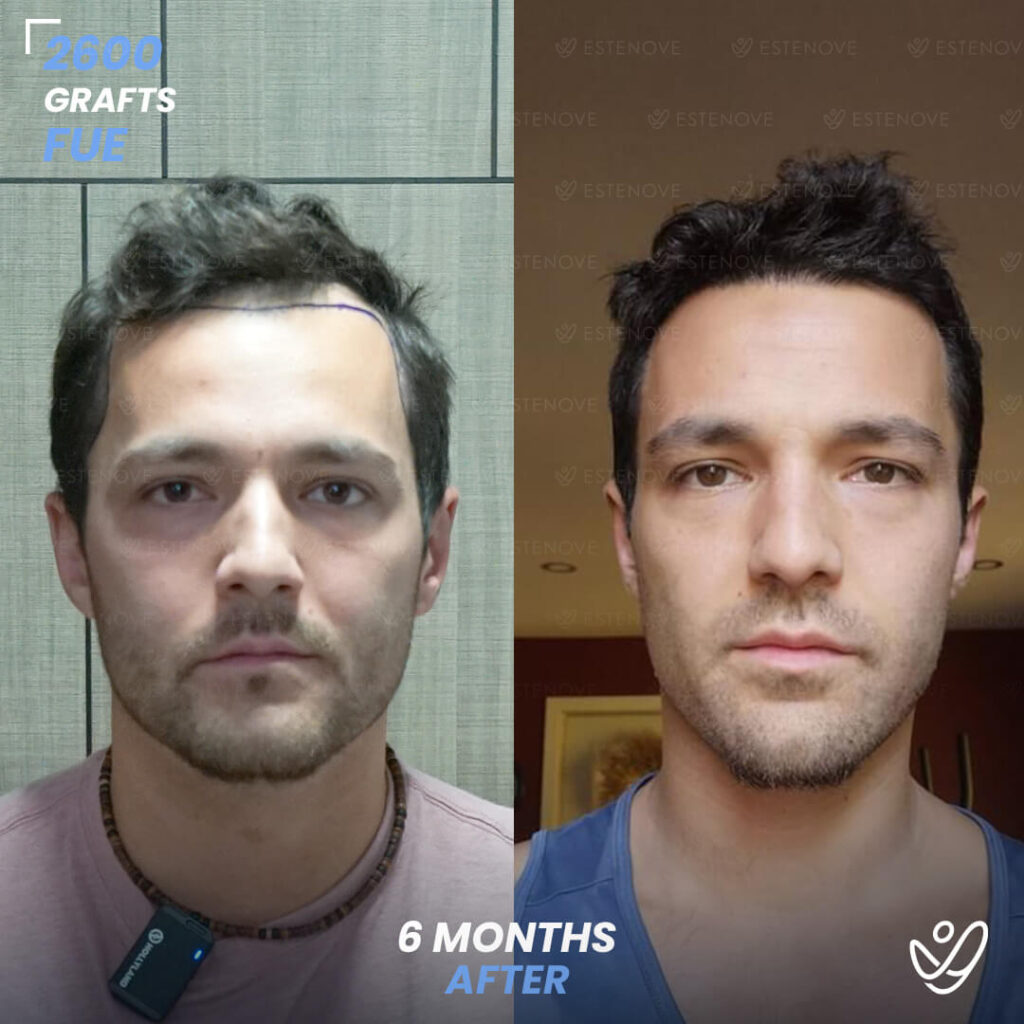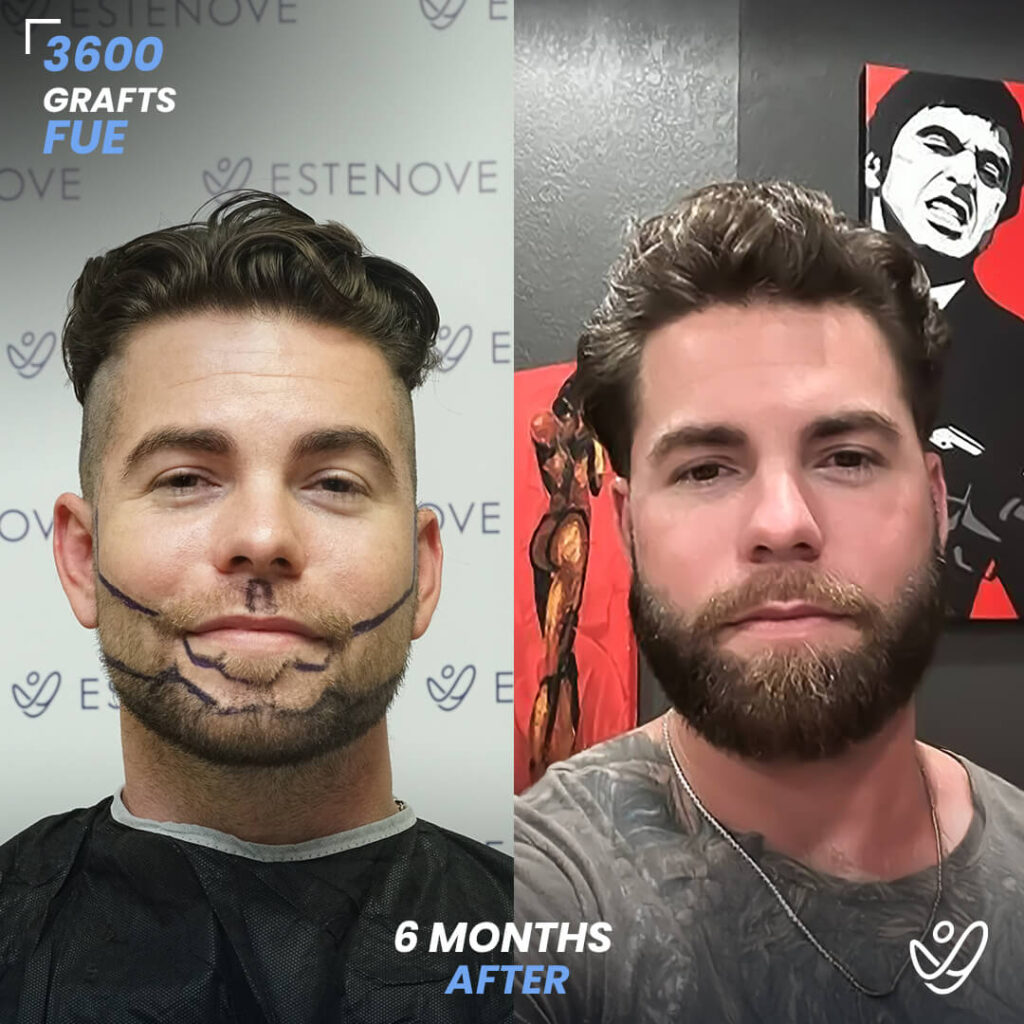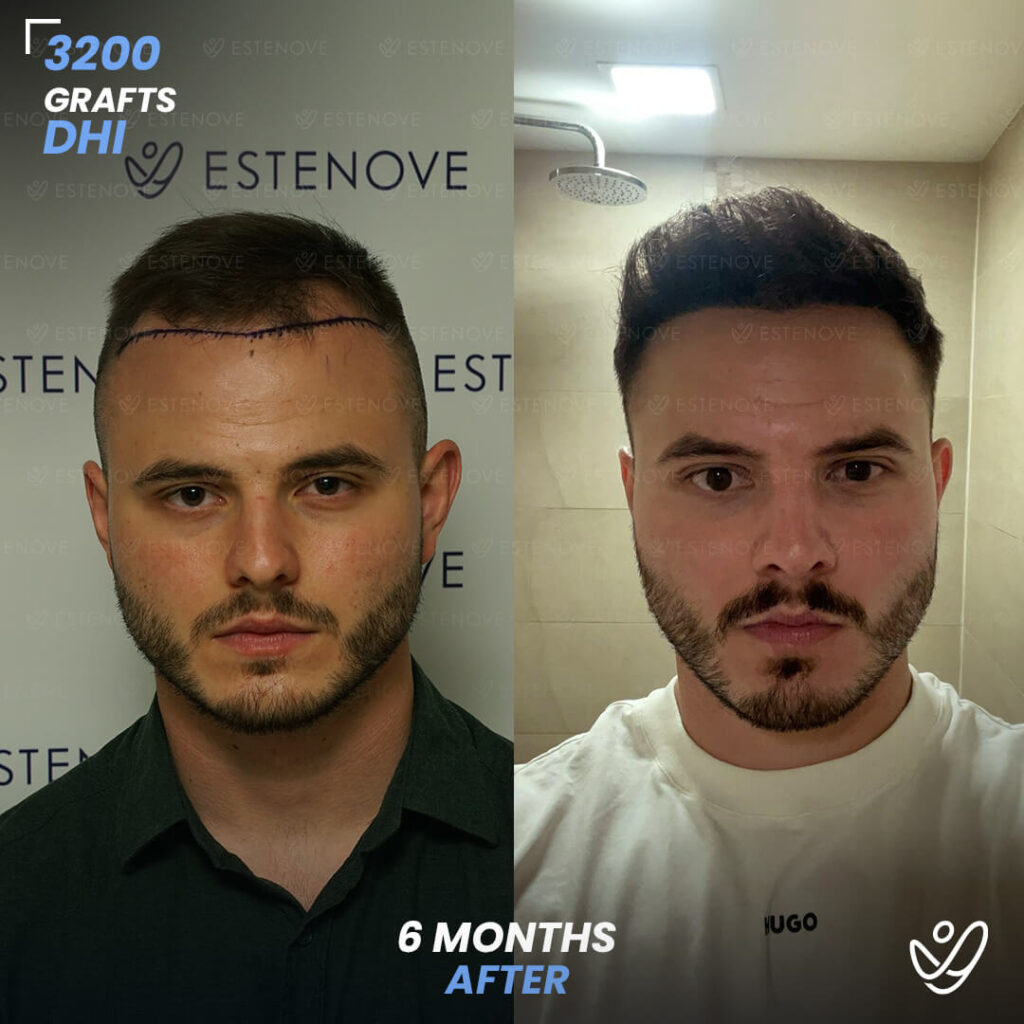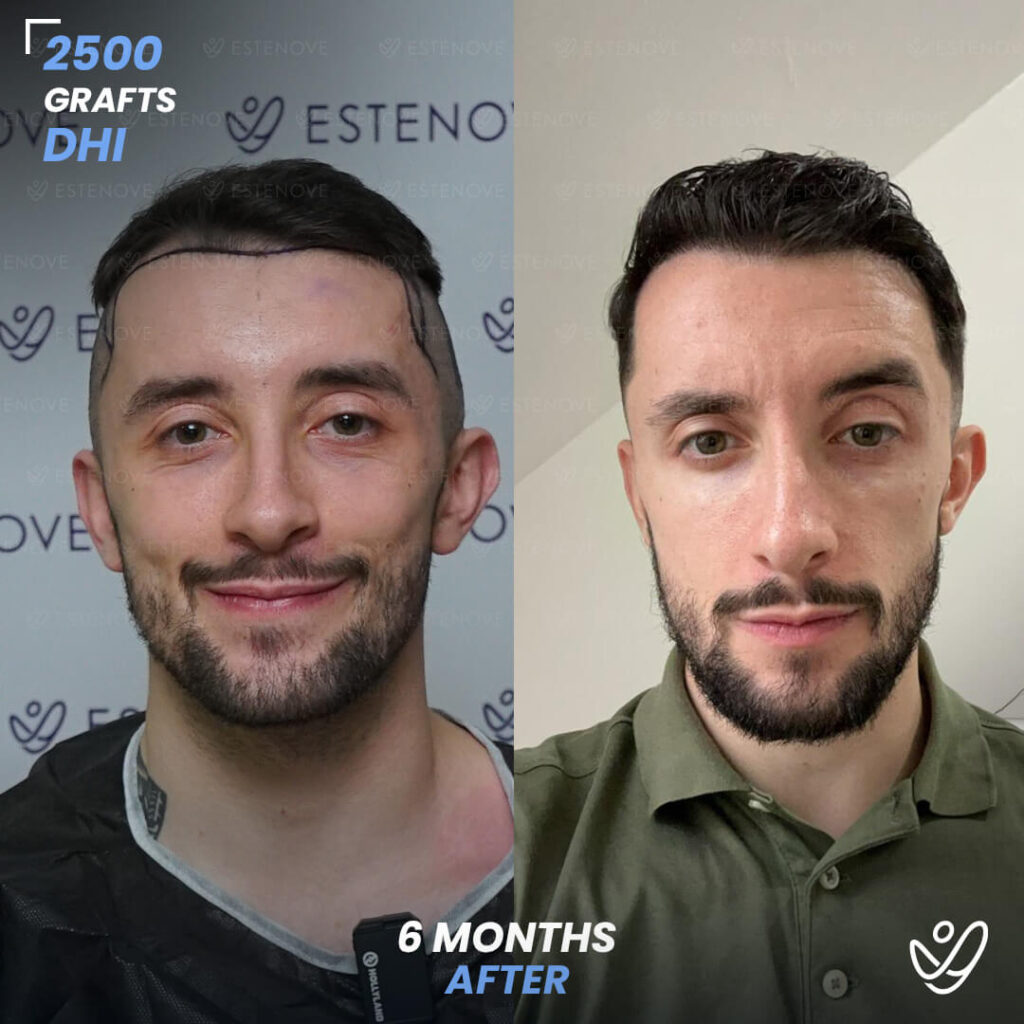
The question of whether transplanted hair will fall out is a common concern among individuals considering this procedure. Hair transplantation has gained popularity as a viable solution for addressing hair loss, but many patients are uncertain about the longevity and reliability of the results. In this article, we will explore various aspects of hair transplant outcomes, covering the process, growth dynamics, potential complications, and much more.
Understanding the Hair Transplant Process
A hair transplant is a surgical procedure that involves moving hair follicles from a donor site on the scalp to areas experiencing thinning or baldness. This procedure can be executed through various techniques, such as Follicular Unit Extraction (FUE) or Direct Hair Implantation (DHI).
Before undergoing a hair transplant, patients typically consult a specialist to assess their hair loss pattern and determine the most appropriate treatment. The procedure itself generally involves local anesthesia and can take several hours, depending on the number of grafts being transplanted.
Use our Hair Transplant Graft & Cost Calculator to estimate the number of grafts needed for your procedure and compare costs across different destinations.
One of the key factors influencing the success of a hair transplant is the quality and density of the donor hair. Surgeons often recommend a thorough evaluation of the patient’s hair type, texture, and overall scalp health. In some cases, patients may need to undergo preparatory treatments to enhance the viability of their hair follicles. This could include medications to stimulate hair growth or even laser therapy to improve scalp circulation, ensuring that the transplanted hair has the best chance of thriving in its new location.
After the procedure, patients are typically provided with detailed aftercare instructions to promote healing and optimize results. This may include guidelines on how to wash the hair, avoid certain activities, and manage any discomfort. It’s also essential for patients to have realistic expectations regarding the timeline for hair growth, as it can take several months for the transplanted follicles to establish themselves and begin producing new hair. During hair transplant post-recovery period, many patients experience a shedding phase, which is completely normal and should not cause alarm. Understanding these nuances can significantly enhance the overall experience and satisfaction with the hair transplant journey.
The Shedding Phase: What to Expect
After the transplant, many patients experience a phase known as “shock loss“. This is a temporary shedding of both transplanted and existing hair, which can occur within the first few weeks following the procedure. This phase can be alarming for patients, but it is essential to understand that it is a normal part of the healing process.
During this time, the newly transplanted follicles enter a resting phase before initiating new hair growth. Typically, patients can expect to see signs of new hair growth around three to six months post-procedure, leading to fuller hair coverage over the months that follow.
Factors Influencing Hair Growth After Transplant
The success of hair growth post-transplant can be influenced by several factors. These include individual health statuses, age, and the quality of the hair follicles harvested from the donor area. Additionally, patients’ adherence to post-operative care instructions can significantly impact the healing and growth process.
- Health Conditions: Pre-existing conditions, such as diabetes, can hinder healing and affect hair growth.
- Age: Younger patients tend to have more resilient hair follicles, leading to better outcomes.
- Donor Hair Quality: The density and thickness of the hair follicles harvested can influence the overall aesthetics of the transplantation.
Long-Term Survival of Transplanted Hair
One of the most significant concerns for patients is whether transplanted hair will be permanent. Hair follicles that are transplanted from the back or sides of the scalp are generally resistant to the hormone dihydrotestosterone (DHT), which is responsible for genetic hair loss in many individuals.
As a result, transplanted hair is often regarded as permanent in its new location, provided that the procedure is performed correctly and the patient follows post-operative care guidelines. However, it is important to note that patients may continue to experience genetic hair loss in untreated areas.
Common Myths About Hair Transplant Longevity
There are several myths surrounding hair transplants that can cause confusion among prospective patients. For example, one widespread misconception is that all transplanted hair will fall out within a short period after the procedure. In reality, while initial shedding can occur, many patients retain a significant amount of their transplanted hair long term.
Another myth is that hair transplants are only for certain age groups. In truth, individuals in their 20s and older can successfully undergo the procedure, provided they have realistic expectations and an appropriate donor site. Check out Best age for a hair transplant for more information.
Post-Transplant Care: Tips for Success
Adhering to post-transplant care is crucial for ensuring optimal results. Here are some essential tips:
- Follow the surgeon’s aftercare instructions meticulously to promote healing.
- Avoid strenuous activities and exposure to direct sunlight immediately post-transplant.
- Use gentle after-care hair products specifically designed for sensitive or recovering scalps.
By following these guidelines, patients can enhance their chances of achieving a successful and lasting hair restoration outcome.
When to Seek Help: Signs of Complications
While complications are rare, being aware of potential issues is vital. Patients should contact their surgeon if they experience:
- Excessive bleeding or swelling.
- Persistent pain or discomfort.
- Signs of infection, such as fever or oozing from the surgical site.
Early intervention can help prevent more significant complications and ensure patient safety.
Fill the form below to get free consultation
Comparing Transplanted Hair to Natural Hair
Transplanted hair behaves similarly to natural hair, as it comes from the patient’s own scalp. This natural origin allows for appropriately styled hair, blending well with existing hair patterns. Nevertheless, some individuals may require regular maintenance to achieve their desired look.
The Role of Genetics in Hair Transplant Outcomes
Genetics play a crucial role in hair growth and loss patterns. Understanding an individual’s genetic predisposition to hair loss can assist in setting realistic expectations regarding the success of the transplant. Those with a family history of strong hair patterns generally have higher chances of achieving satisfying results.
Real-Life Experiences: Success Stories and Challenges
Many individuals share their experiences post-hair transplant, offering insights into both successes and challenges. Success stories highlight increased confidence and satisfaction with one’s appearance, whereas challenges may involve adjusting to changes in growth patterns or managing ongoing hair loss in non-transplanted areas. With proper knowledge and care, many can achieve long-lasting results and enjoy the benefits of a fuller head of hair.


